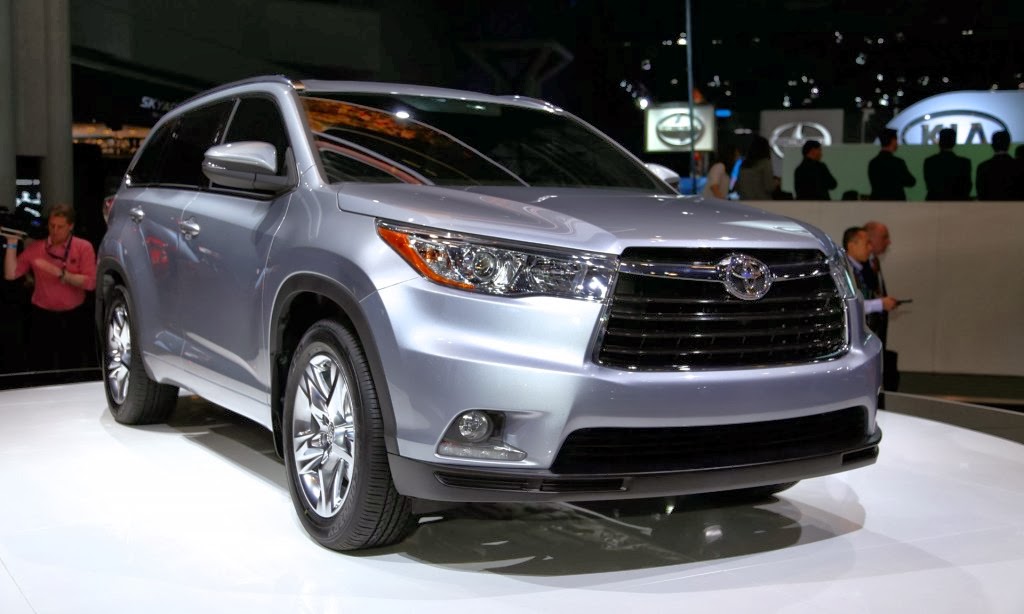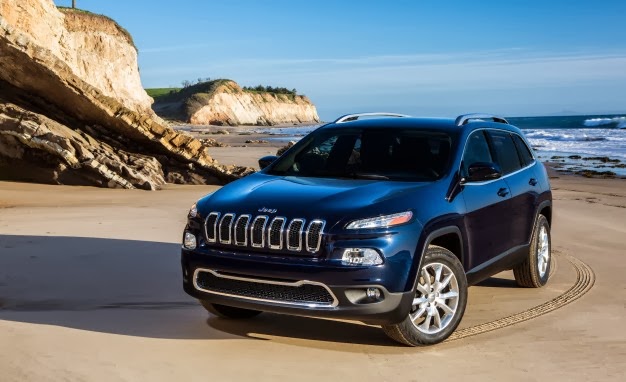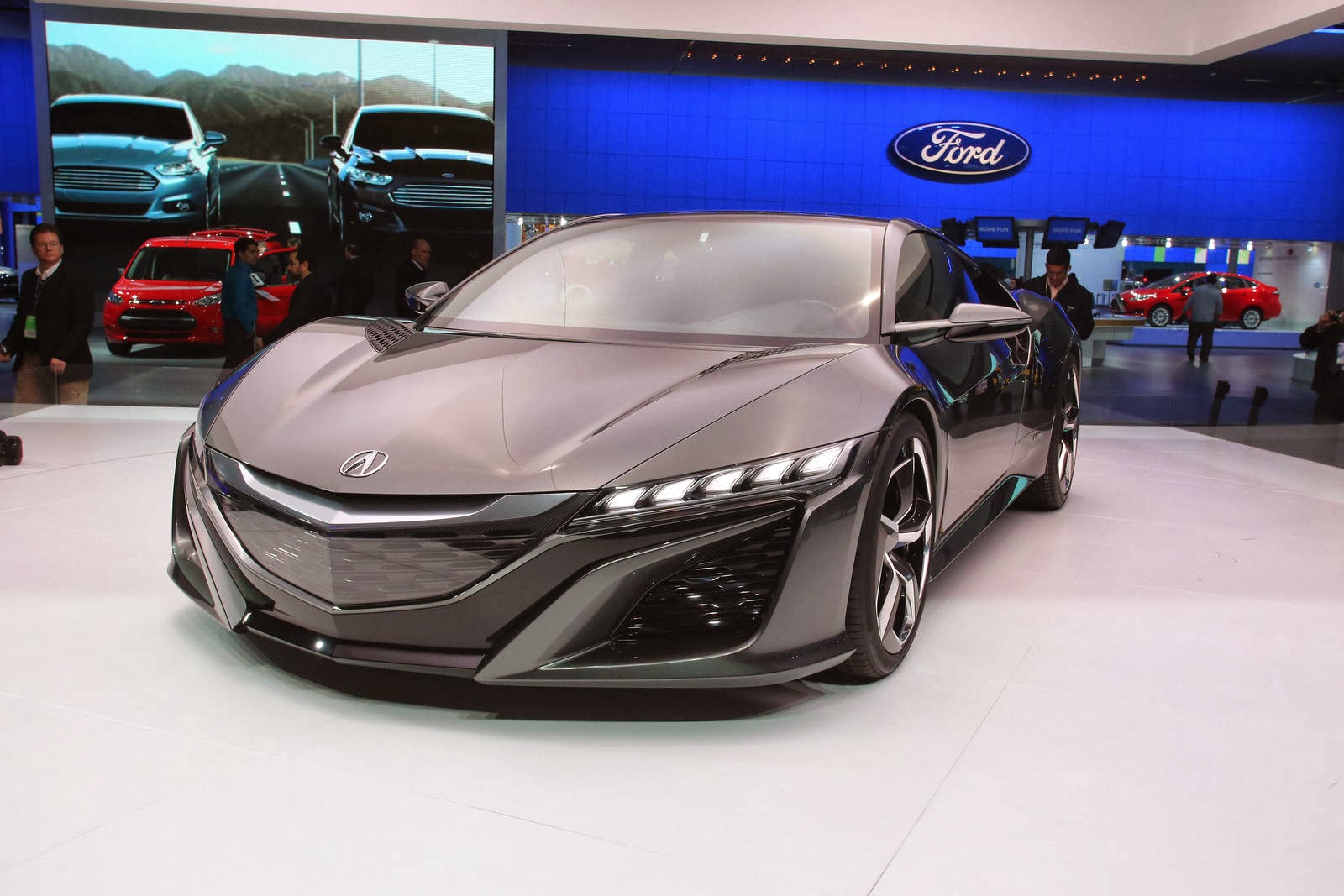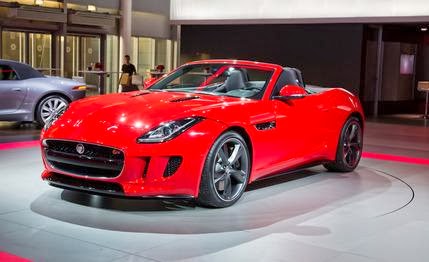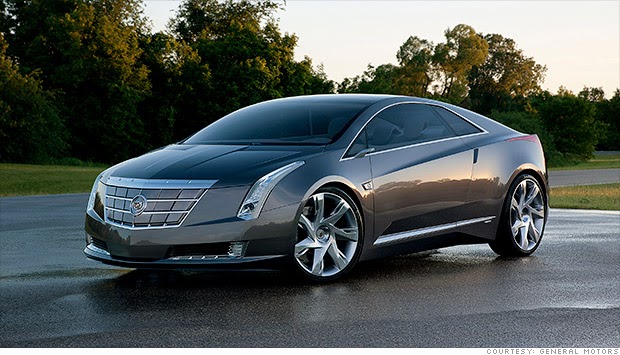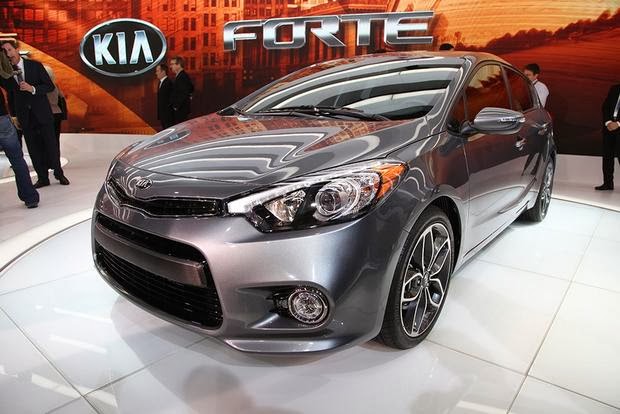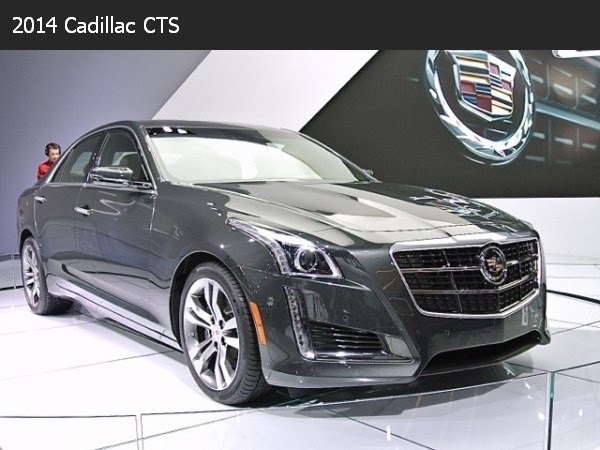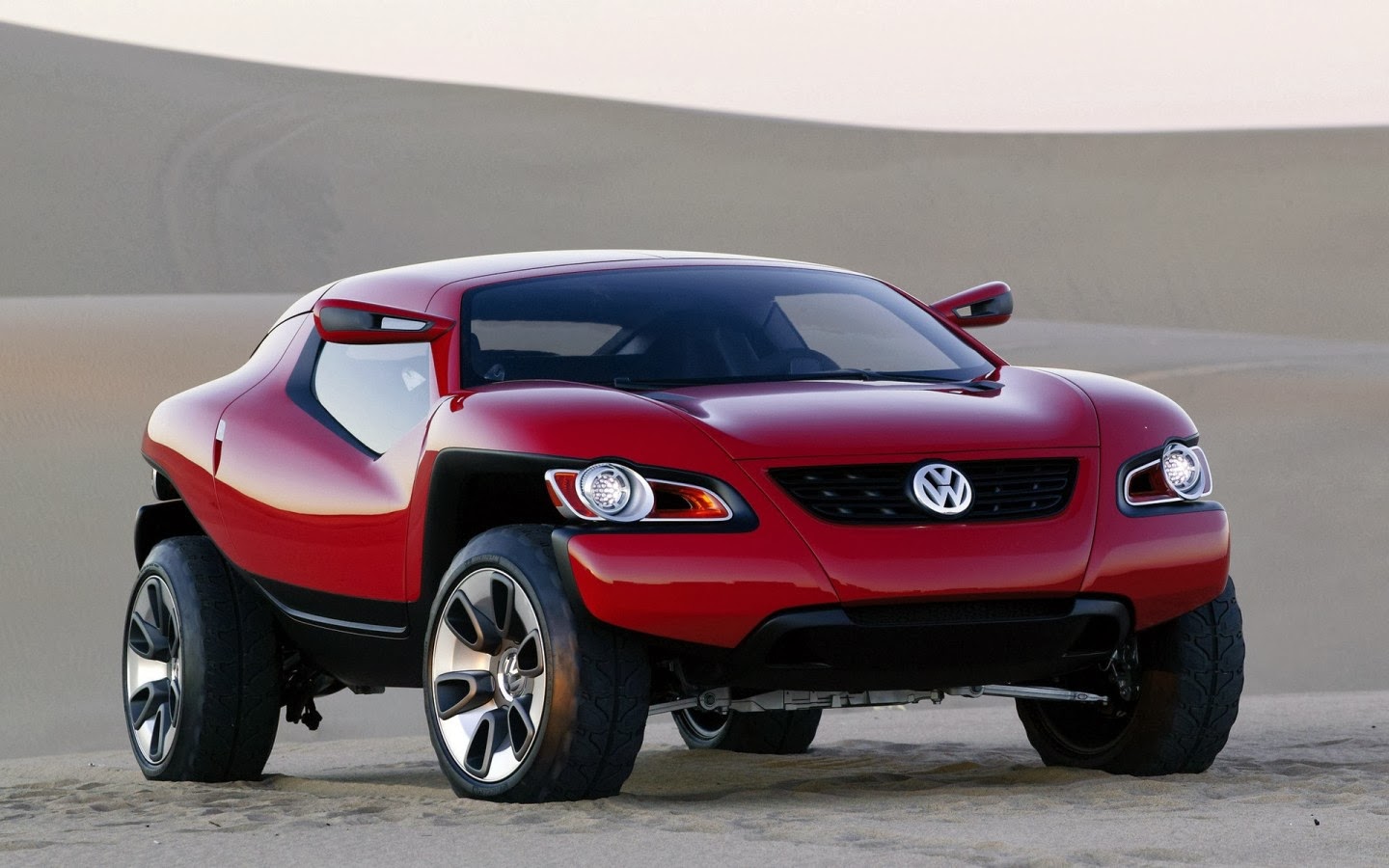
Drivers may be encouraged to keep one eye in their rear view mirror, but in the world of automotive innovation, the people at the sharp end of the industry are equipped with forward-looking lenses too. As car technology becomes ever more sophisticated, motor manufacturers can increasingly tailor their research and development work to achieving new developments aimed directly at the average driver. So with that in mind, the major changes over the next five years are expected to be as follows:
With the average car in most of the world travelling fewer than 50 miles a day, there is likely to be a major increase in the uptake of electric vehicles, as these short daily journeys are not affected by shortcomings in the number of charging stations currently available. Lithium-ion batteries should therefore take over as the power source of choice, as they are much lighter, cost less, and will stay charged for much longer than current electric car power packs.
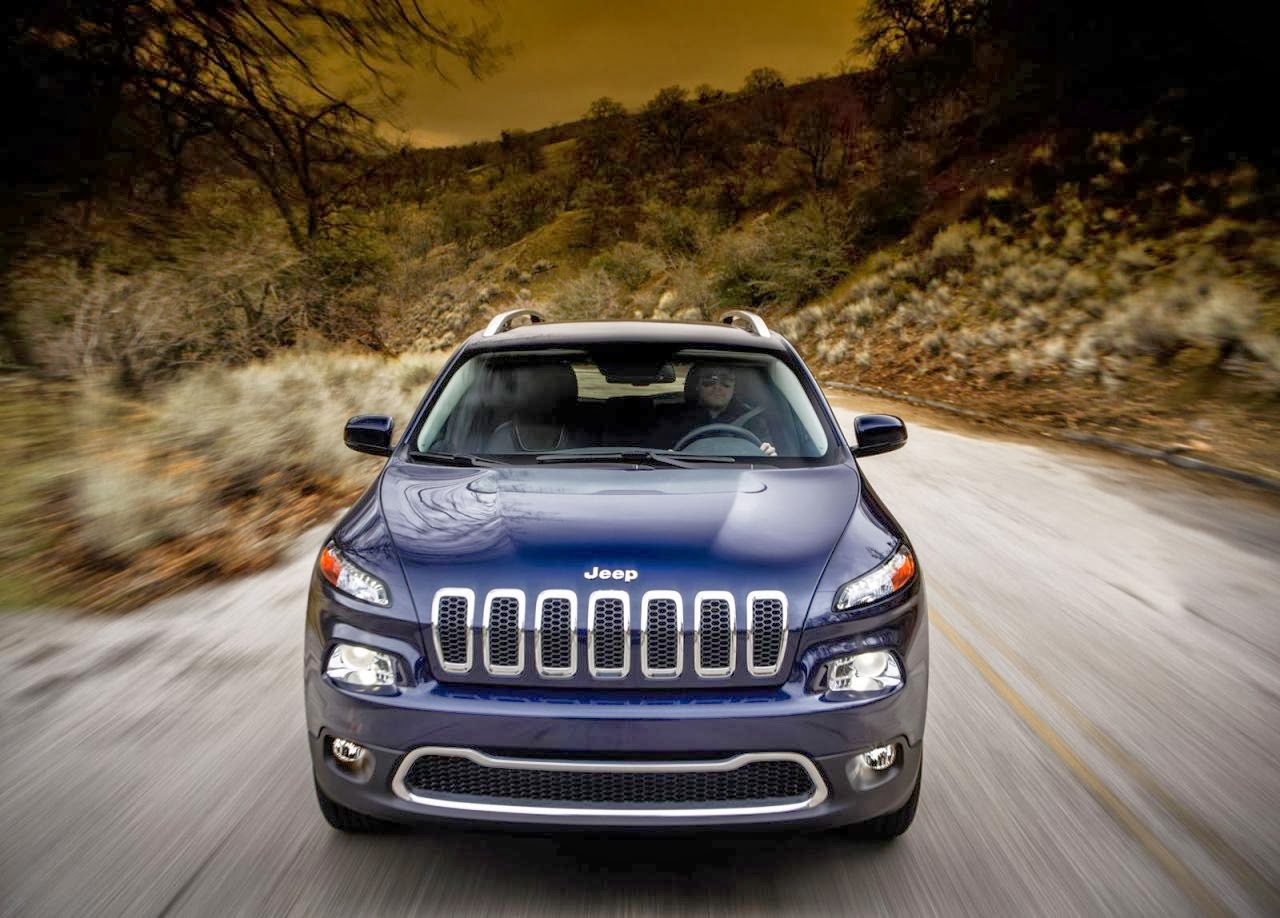
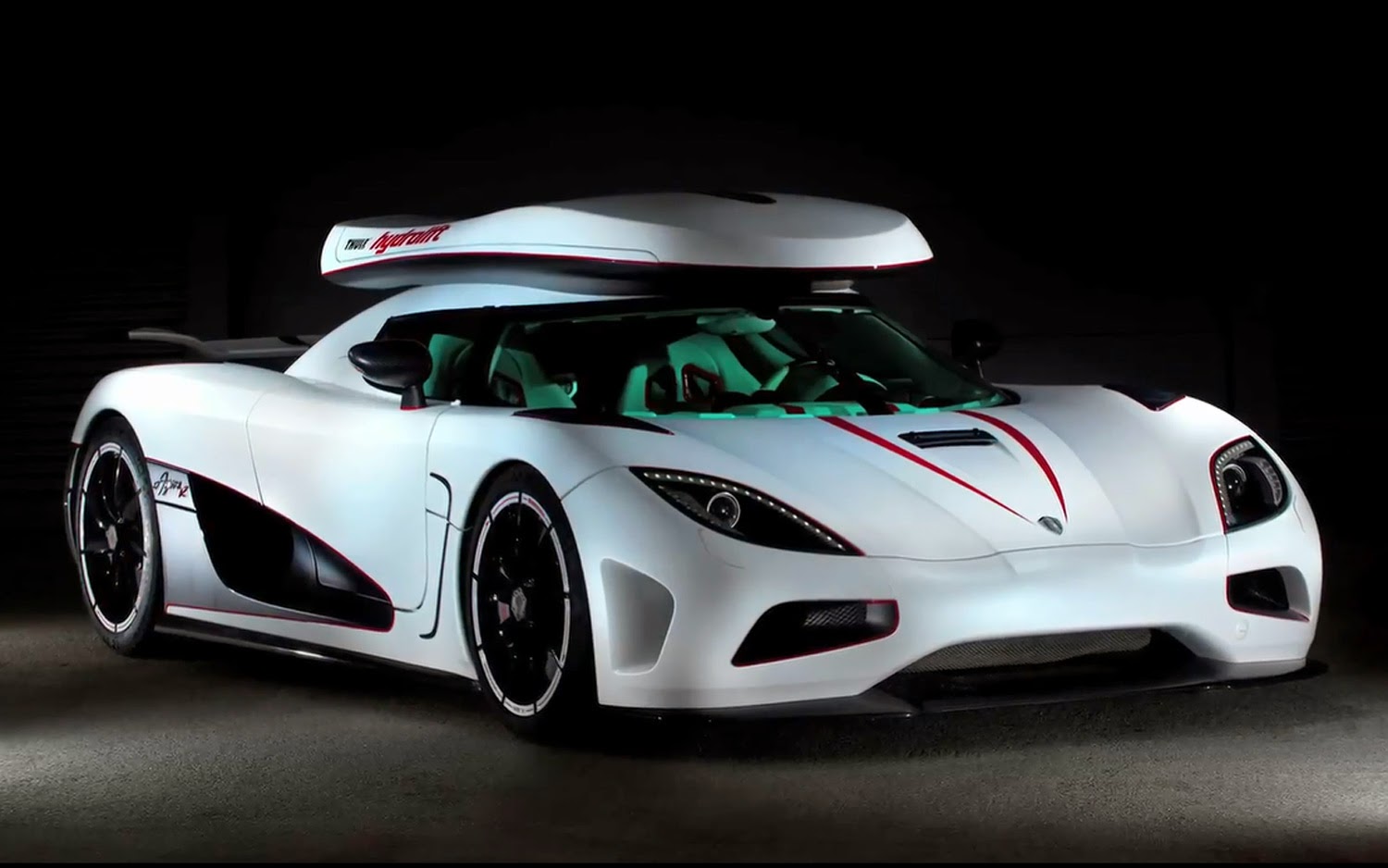
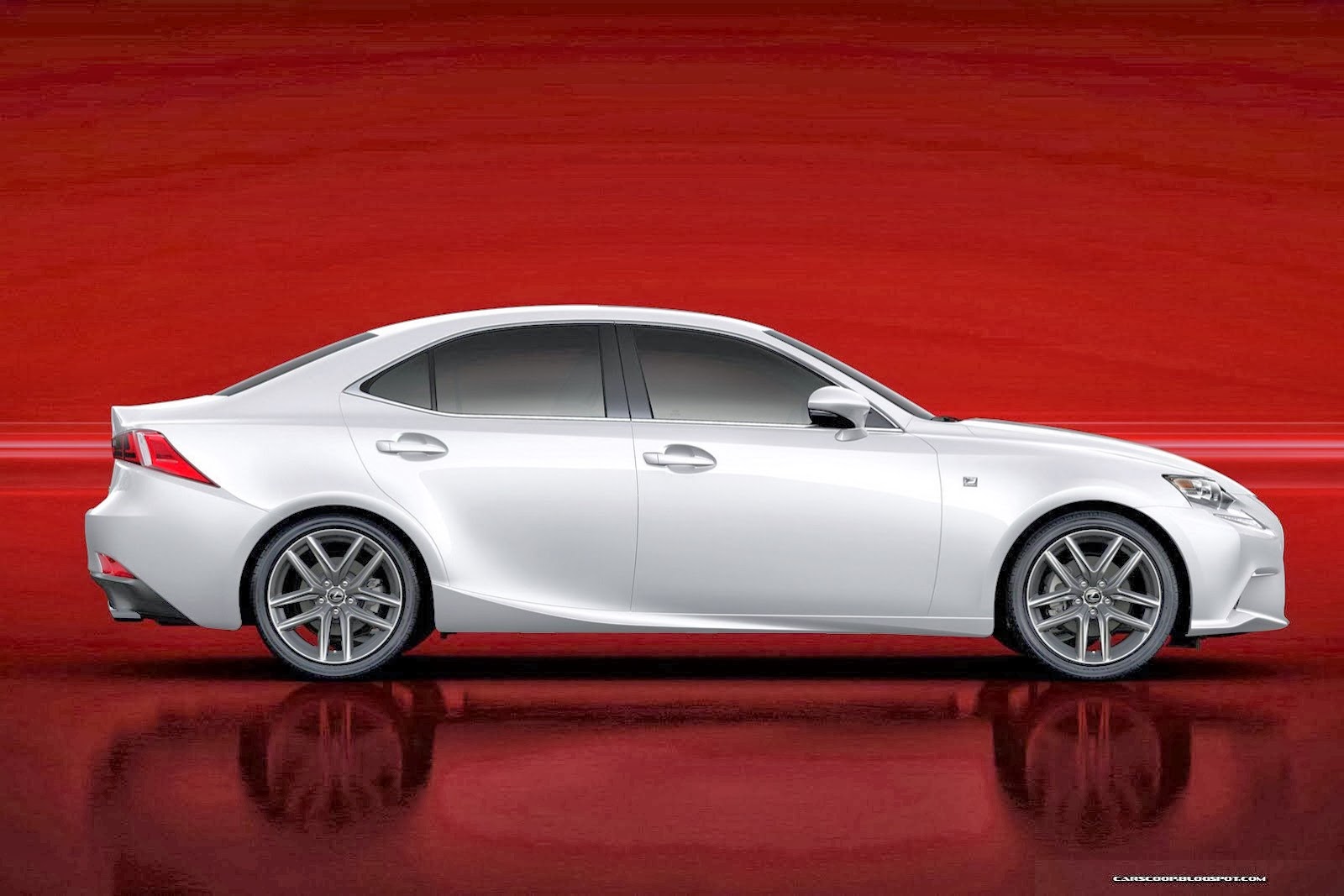
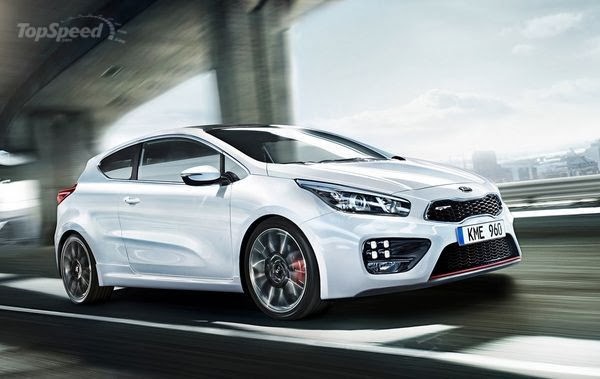
Electronic stability programs, or ESP, will become compulsory on all new cars from 2014. These measure how a car is being steered and gauge its rotation against the vertical axis and automatically applies the brakes to individual wheels to help it maintain a level stance on the road.Cars will be equipped with video so that they can 'see' a potential crash before it happens. With 90 per cent of accidents caused by human error, there will be greater emphasis on active safety enhancements in all vehicles. In conjunction with automatic emergency braking, it is forecast that this could prevent up to three-quarters of the most common type of accident, the rear-end collision.
Smaller engines will be increasingly adopted as the world's drivers look for greater fuel economy - oil is forecast to be averaging about $150 a barrel, twice the current price, by 2015 - but extra power will be achieved by the addition of turbo and superchargers.With an ever greater number of in-car devices - such as mobile phones, entertainment systems and information dlsplays - all competing for drivers' attention, electrical systems companies are looking to respond to the pressure to develop systems ensuring that they keep their eyes on the road. So cars will increasingly put more control of basic functions in the driver's hands, and give warnings when they detect that those functions are being overlooked.
